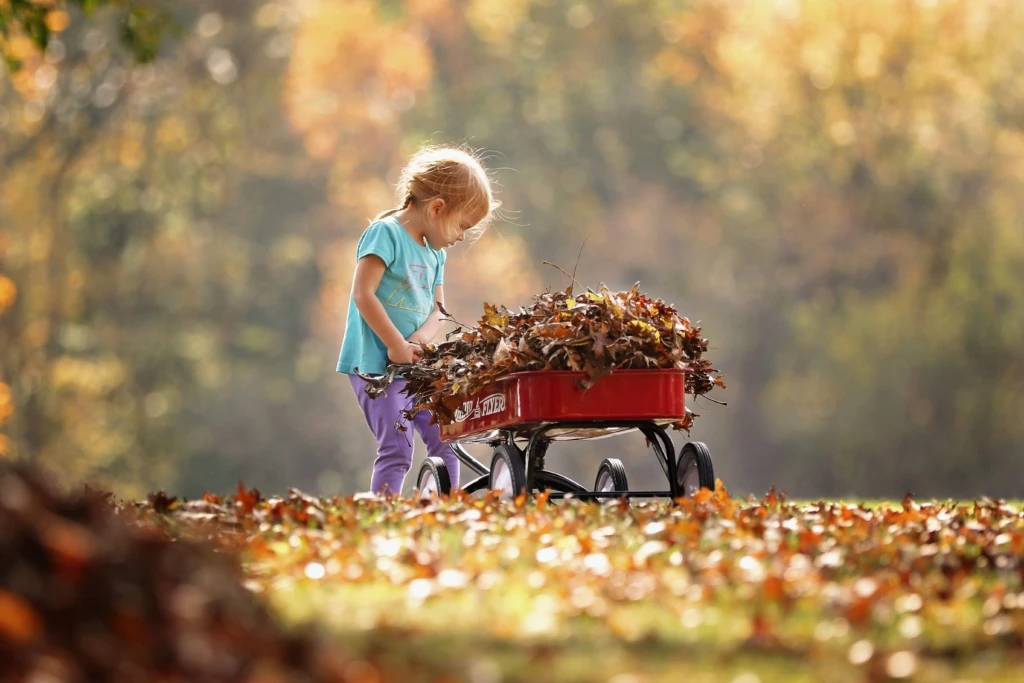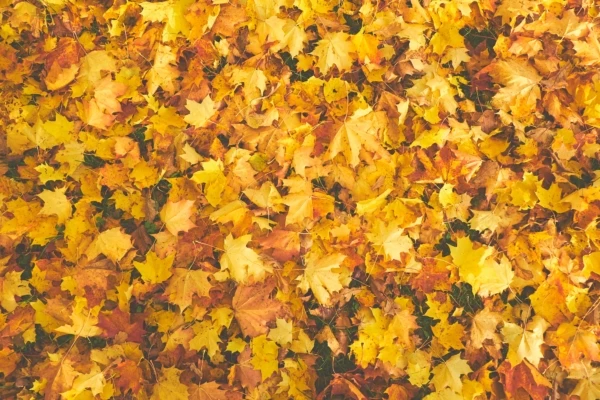How to Use Fallen Leaves for Your Garden - 5 Ways

Every autumn, cities organize fallen leaf collection campaigns, during which leaves that have been raked up and collected in bags are taken away for free. What a waste! Instead, a diligent gardener could put these to good use in their own garden.
So what makes autumn leaves so useful?

* leaves enrich the soil with nutrients, including phosphorus and potassium
* increase the number and activity of soil microorganisms
* increase the soil's water retention capacity
* improve soil structure
And did we mention that you get these for free? It takes just a little effort to rake them up and put them to use in your garden. Here are five possible ways for you to make the best use of autumn leaves in your garden.
1. Mow them onto your lawn as fertilizer.
Together, shredded grass clippings and leaves enrich the soil with carbon (leaves) and nitrogen (grass clippings) and reduce the need for additional fertilizers.
How to do it: Use a lawnmower with a mulching function. If your mower has a collection bag, remove it and install a special mulching blade for mowing, so the shredded leaf and grass mixture falls evenly onto the lawn rather than being ejected as clumps from the discharge chute. Set the mower height to about 7.5 centimeters. If the leaves don't get shredded finely enough on the first pass, do another round. Over the winter, the leaf and grass mixture will decompose, and by spring it will have become one with the ground.
2. Use leaves to boost your vegetable beds.
Once you've cleaned out your vegetable beds, you can cover them with either whole or shredded leaves. By spring, most of the leaves will have decomposed, and any that haven't, you can simply dig into the soil. If you don't like seeing leaves in your beds, shred them first.
Don't have a shredder? A garbage can and a string trimmer will do the job. Use a 240-liter container. Fill it three-quarters full with leaves. Place the trimmer in the container, turn it on, and move it through the leaf layers up and down. Be sure to wear safety glasses and hearing protection.
3. Make leaf compost.
Leaf compost is wet leaves that have decomposed into a rich, dark soil-like substance. Leaf compost is ideal mulch for plants.
Pile leaves in a place where they won't get in your way and where the wind won't blow them away. Or make a bin from garden netting and four corner posts driven into the ground, and pile the leaves inside. You can occasionally sprinkle the leaves with a bit of water so they decompose better. The decomposition process is also accelerated if you stir the pile a few times during winter.
Also read, whether leaf raking is a good idea




